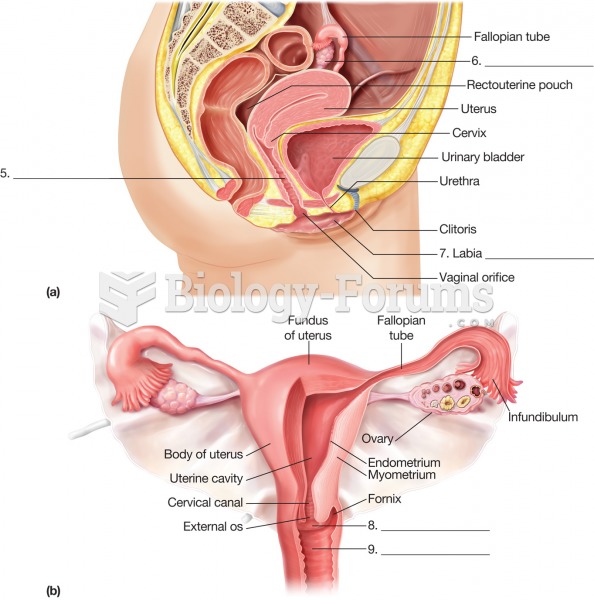|
|
|
By definition, when a medication is administered intravenously, its bioavailability is 100%.
In the United States, congenital cytomegalovirus causes one child to become disabled almost every hour. CMV is the leading preventable viral cause of development disability in newborns. These disabilities include hearing or vision loss, and cerebral palsy.
Acetaminophen (Tylenol) in overdose can seriously damage the liver. It should never be taken by people who use alcohol heavily; it can result in severe liver damage and even a condition requiring a liver transplant.
The first documented use of surgical anesthesia in the United States was in Connecticut in 1844.
According to the FDA, adverse drug events harmed or killed approximately 1,200,000 people in the United States in the year 2015.






